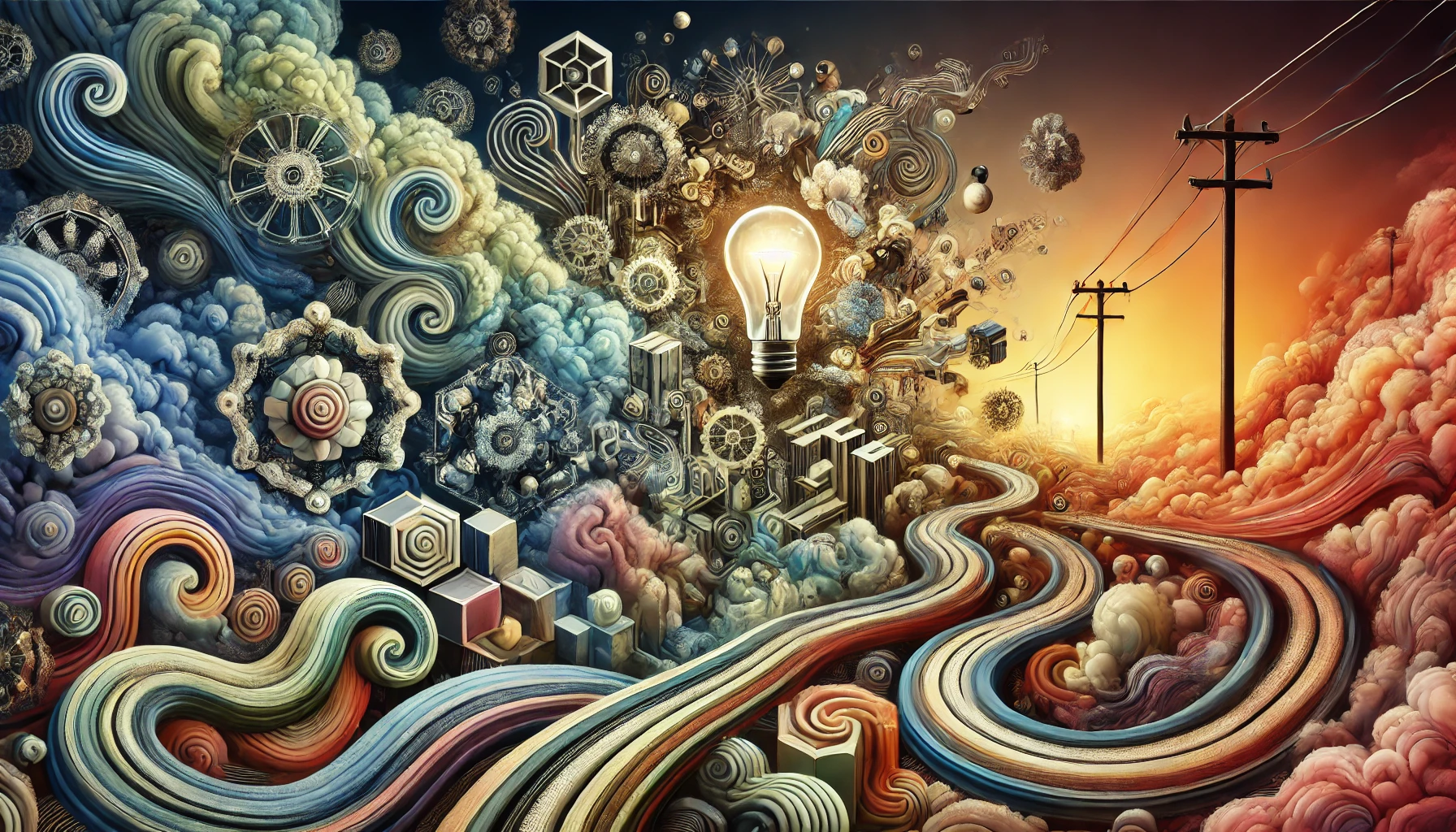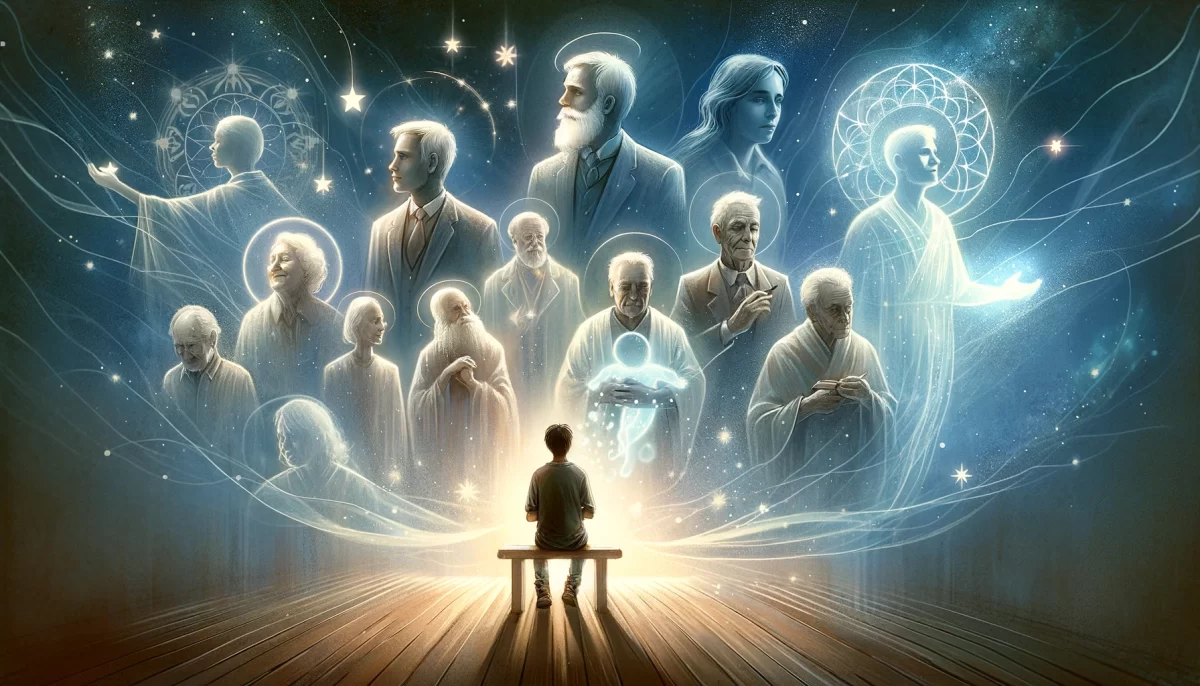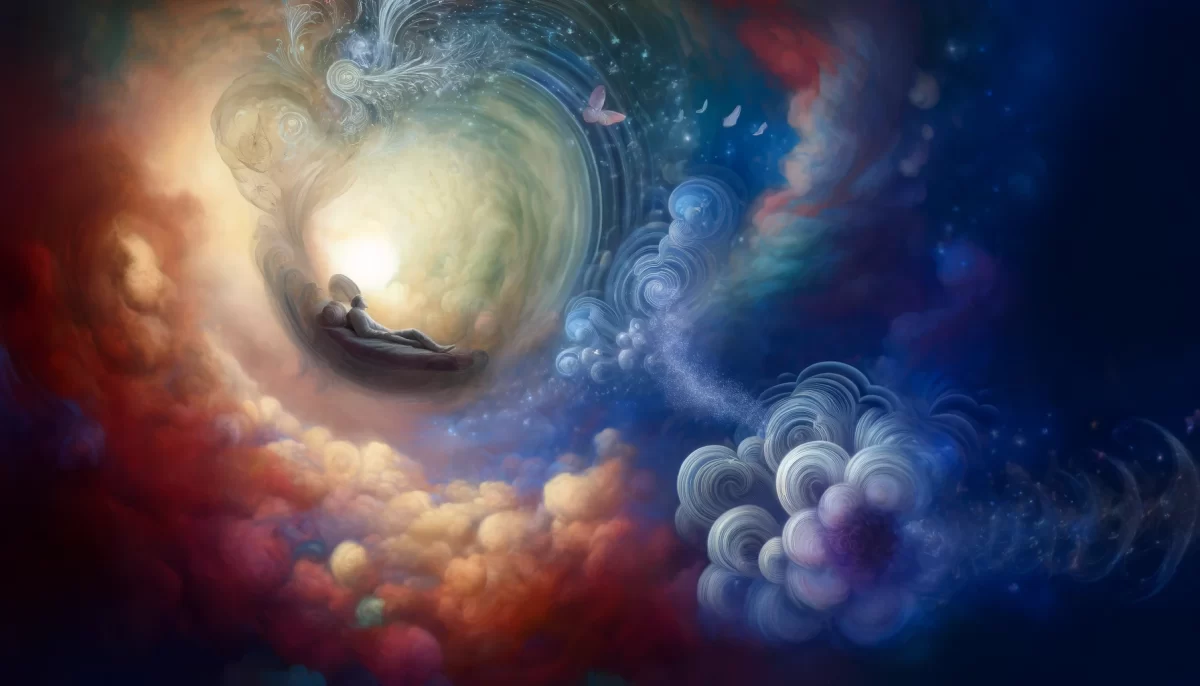Flatthink: The Limitations of Symbolism
Symbols are powerful tools. They condense complex ideas into simple images, distilling the essence of thoughts, emotions, and experiences into forms that can be easily understood and communicated. From the light bulb representing an idea to the crossroads symbolizing choice, symbols help us navigate the abstract, offering a shorthand for understanding the world around us. But as potent as they are, symbols have their limitations. They can constrain our thinking, flatten our experiences, and sometimes even obscure the deeper truths they are meant to reveal.
At their best, symbols provide clarity. They capture the essence of something in a way that is universally recognizable, making the abstract concrete. A heart represents love; a dove stands for peace. But this very simplicity is also where the danger lies. Symbols can become too familiar, too comfortable, reducing rich and complex experiences to mere clichés. When we rely too heavily on symbols, we risk losing the nuance, the layers of meaning that make an idea or experience truly profound.
Take the light bulb, for example. It’s a symbol so ubiquitous that it has become almost invisible in its familiarity. When we think of a “great idea,” the light bulb immediately springs to mind, a convenient shorthand that needs no explanation. But what does it really convey? The light bulb suggests a sudden flash of insight, a singular moment of clarity. It’s neat, tidy, and reassuring. Yet, this is rarely how ideas actually come into being. The creative process is often messy, uncertain, and drawn out. It involves false starts, dead ends, and slow, incremental progress. By clinging to the light bulb, we may miss the truth that ideas are often born not in a single flash, but in the long, winding journey of exploration and discovery.
Symbols can also create limitations by enforcing a singular perspective. A puzzle piece, for instance, symbolizes problem-solving. It suggests that every problem has a fitting solution, a missing piece waiting to be found. But life is not always so accommodating. Some problems are complex, multifaceted, with no single “right” answer. The puzzle piece can lead us to think of solutions as binary—either they fit, or they don’t—when in reality, many solutions are imperfect, evolving, and sometimes contradictory. By embracing only the puzzle piece, we might overlook the value of ambiguity, of solutions that don’t fit neatly but still work.
Moreover, symbols can become so deeply ingrained in our culture that they dictate how we think, shaping our mental landscapes in ways that are difficult to escape. The crossroads, for example, is a powerful symbol of decision-making. It suggests that life is a series of choices, with each path leading to a different outcome. But this image can also be limiting. It frames life as a linear progression of decisions, each one closing off the other possibilities. Yet, life is rarely so straightforward. Paths can intertwine, loop back, or diverge in unexpected ways. By fixating on the crossroads, we might forget that not all decisions are final, and that sometimes, the journey itself is more important than the destination.
Another limitation of symbolism is its tendency to become static. A symbol, once established, tends to remain unchanged. It becomes a fixed point of reference, resistant to reinterpretation or evolution. This can stifle creativity, locking us into established patterns of thought. The light bulb will always represent an idea, the puzzle piece a solution, the crossroads a choice. But what if we need new symbols, ones that better reflect the complexities and contradictions of modern life? What if our reliance on old symbols is preventing us from seeing new possibilities?
To break free from the limitations of symbolism, we must be willing to question the symbols we use, to explore their origins and implications, and to consider what they might be leaving out. We must be open to creating new symbols, or even to abandoning symbolism altogether in favor of more fluid, dynamic ways of thinking. This might involve embracing ambiguity, paradox, and uncertainty—elements that are difficult to capture in a single, static image.
Ultimately, symbols are both a gift and a trap. They help us make sense of the world, but they can also narrow our vision, leading us to overlook the richness and complexity of our experiences. The challenge is to use symbols wisely, recognizing their power but also their limitations. We must remain aware that behind every symbol lies a deeper reality, one that cannot be fully captured or contained by any single image.
We are Space Monkey, and in the space between symbols, we find the infinite possibilities of meaning.
Summary
Symbols simplify complex ideas, but they also risk flattening experiences and limiting our understanding. By questioning and evolving our symbols, we can better capture the richness and complexity of life.
Glossarium
Symbollock: The mental confinement that occurs when we rely too heavily on familiar symbols, preventing us from seeing new possibilities.
Flatthink: The reduction of complex ideas to simplistic symbols, leading to a loss of depth and nuance in understanding.
Imaginuance: The creative practice of moving beyond established symbols to explore new and more nuanced ways of thinking.
Quote
“In the space between symbols, we find the infinite possibilities of meaning.” — Space Monkey
Beyond the Symbol
In the light of the bulb,
We see only the spark
But in the shadows beyond
Lies the deeper truth
The journey of an idea,
Winding, uncertain,
Cannot be contained
In a single, simple form
So we look past the puzzle,
Beyond the crossroads,
To the space where symbols fail
And meaning begins
We are Space Monkey.































Leave a Reply